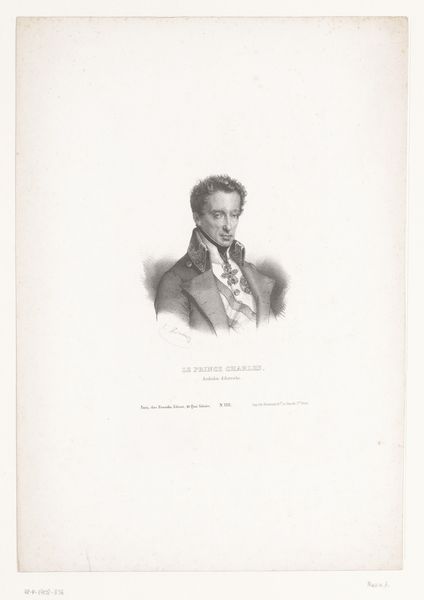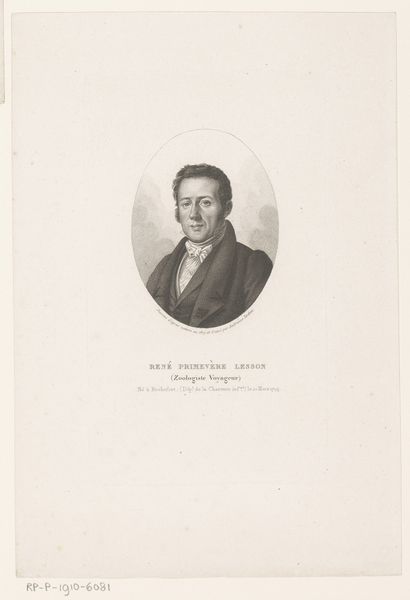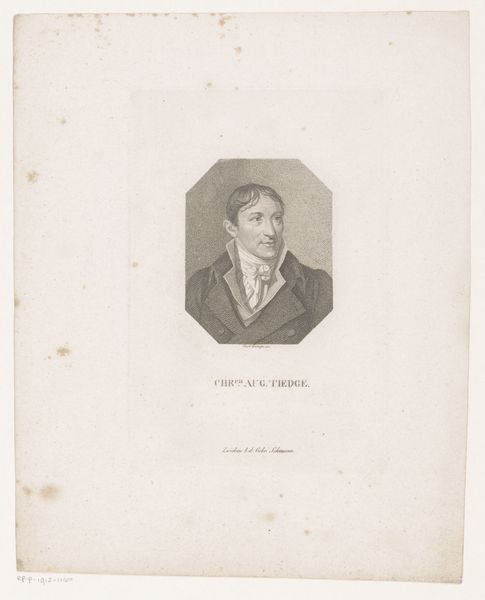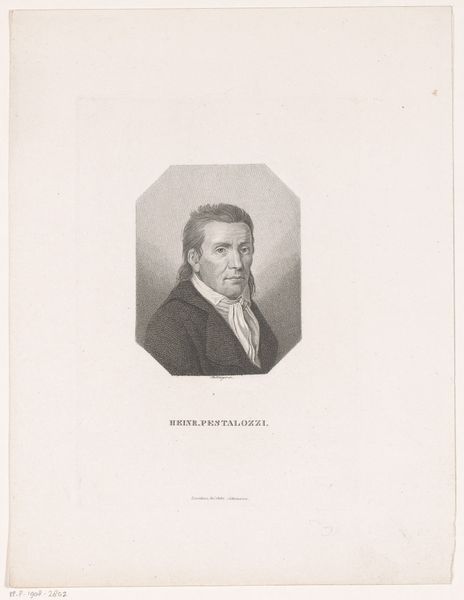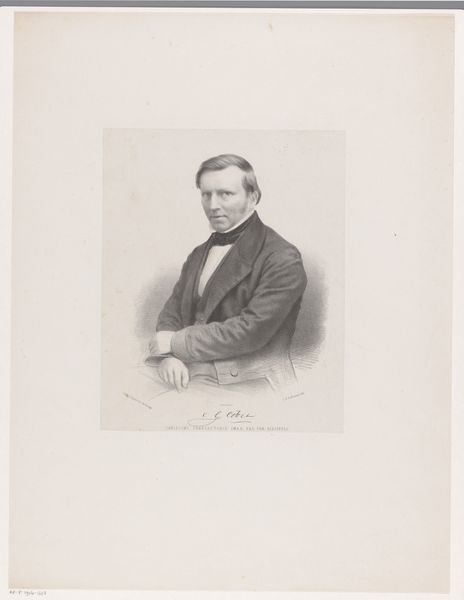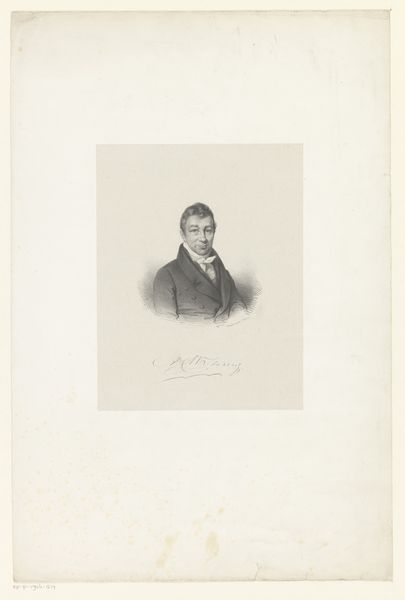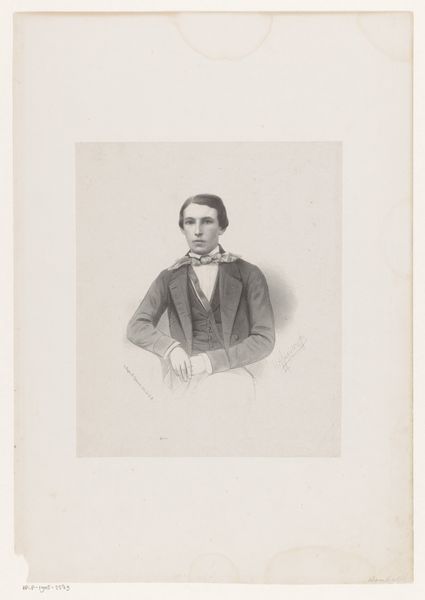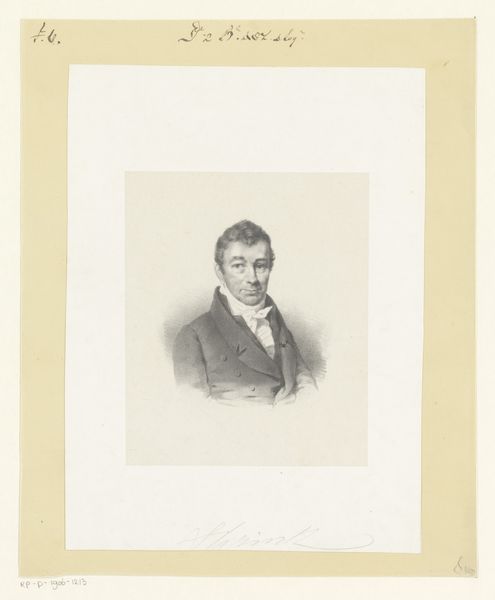
drawing, print, pencil, graphite, engraving
#
portrait
#
pencil drawn
#
drawing
#
neoclacissism
#
light pencil work
# print
#
pencil sketch
#
pencil
#
graphite
#
pencil work
#
engraving
Dimensions: height 304 mm, width 212 mm
Copyright: Rijks Museum: Open Domain
Curator: This is a portrait of Christian Ludwig Nitzsch, created between 1792 and 1837 by Johann Christian Benjamin Gottschick, primarily using pencil and engraving techniques. Editor: My first impression is its restraint. The subtle gradations of graphite create a surprisingly intimate, even delicate, rendering of the sitter. Curator: Indeed. Portraits of this era—this is considered part of the Neoclassical movement—were frequently tied to social status and scientific achievement, presenting figures of authority. The man depicted here, Christian Ludwig Nitzsch, was himself a noted professor of zoology. The sober rendering aligns with Enlightenment values, portraying intellect and accomplishment. Editor: Precisely. Notice the clear, precise lines defining Nitzsch’s features and attire, but how these are then softened by the sfumato effect achieved by the pencil. This subtle play is not just aesthetic; it seems carefully calculated to humanize a man of stature. The light and shadow emphasize structure but without severity. Curator: Let's also think about the production of this artwork. The portrait likely circulated as a print, potentially accompanying scholarly publications or as a commemorative item. This highlights how images and their reproduction could shape reputations. Nitzsch was very prominent in his time. Editor: It strikes me that Gottschick focused keenly on Nitzsch's face. It brings a psychological dimension that elevates this portrait. Observe how the mouth, subtly shaped, holds a barely perceptible air of solemnity, echoed by the thoughtful gaze of the eyes. Curator: And what do you make of the clothing, almost entirely monotone and unadorned? It definitely contributes to the feeling of respect and dignity. It could be interpreted as emphasizing his scholarly dedication, placing knowledge and intellect above outward appearances. Editor: In the absence of vivid color, texture gains even more import. Note how the artist uses line direction to differentiate materials -the velvety, shadowed pile of his jacket from the smoother forms of his cravat. This contrast gives volume without overwhelming the modest tonality. Curator: A print like this circulated through complex networks of patronage, production, and consumption, reflecting the social currency of portraiture during this period. This image participates in the historical formation of celebrity and the enduring appeal of Neoclassicism as a way of presenting figures of note to society. Editor: Ultimately, while being fairly academic in style, the careful use of light and the soft rendering create a rather approachable likeness of Nitzsch. Curator: I agree. There’s a fascinating intersection of formality and intimacy achieved here, that perhaps offers more than it appears at first glance.
Comments
No comments
Be the first to comment and join the conversation on the ultimate creative platform.

